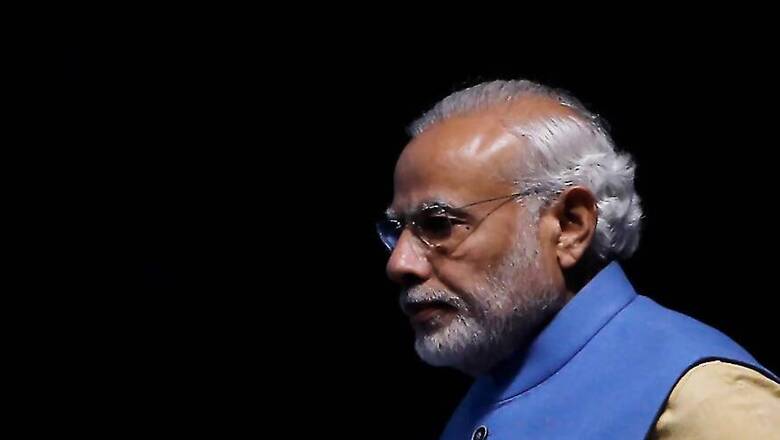
views
The Centre?s ambitious Digital India programme is facing multiple challenges in successful implementation due to lack of clarity in policies and infrastructural bottlenecks, according to a joint report by Assocham-Deloitte. Here are five prominent challenges.
1) Regulatory roadblock
The issues pertaining to taxation and other regulatory guidelines have proved to be roadblocks in advancing with the programme, while contracting challenges also played a spoilsport. ?Some of the common policy hurdles include lack of clarity in FDI policies, which have impacted the growth of e-commerce.
Transport services like Uber have had frequent run-ins with local governments due to legacy policy frameworks which have not become attuned to the changing business landscape,? it said.
Also read: CERT-In And US Department of Homeland Security Sign MoU in Cybersecurity Cooperation
2) Idle Government RFPs
Many Request For Proposals (RFPs) issued by the government are not being picked up by competent private sector organisations since they are not commercially viable, the report added.
?The biggest challenge faced by Digital India programme is the slow/delayed infrastructure development. Spectrum availability in Indian metros is about a tenth of the same in cities in developed countries. This has put a major roadblock in providing high speed data services,? it said.
3) Digital divide
The joint study observed that for Digital India to have a large scale impact on citizens across the nation, the digital divide needs to be addressed through last mile connectivity in remote rural areas, as currently, over 55,000 villages remain deprived of mobile connectivity.
?This is largely due to the fact that providing mobile connectivity in such locations is not commercially viable for service providers,? it added.
4) Poor connectivity
The report estimated that India needs over 80 lakh hotspots as against the availability of about 31,000 hotspots at present to reach the global level of one Wi-Fi hotspot penetration for every 150 people.
?For digital technology to be accessible to every citizen, significant efforts are needed to customise apps and services to cater to local needs. Finding vendors who can provide such applications has become a challenge,? the report pointed out.
With the proliferation of cloud-based services like DigiLocker, data security has emerged as a major challenge, revealed the report.
Also read: Indian Army Demands Military Grade Power Banks
5) Proper Policy Making
To enable development of digital infrastructure, it said that a uniform (Right of Way) RoW policy across all states with a reasonable cost structure is required along with a single window mechanism for granting RoW permissions.
PPP models must be explored for sustainable development of digital infrastructure, as has been the case for civic infrastructure projects like roads and metro.
The government should try to make additional spectrum available to telecom service providers for deployment of high-speed data networks.
Moreover, startups need to be incentivised for the development of the last mile infrastructure and localised services and applications, it suggested.
Also read: The Worst is Over: Xiaomi CEO Lei Jun
The report said the existing government infrastructure assets like post offices and other buildings should be further leveraged for the provision of digital services. In rural and remote areas, private sector players should be incentivised to provide last mile connectivity.

















Comments
0 comment